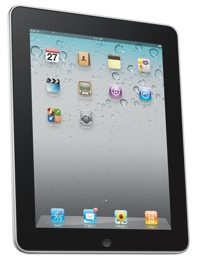As tablet adoption increases in the U.S., the rate of cellular connections is failing to keep pace. Instead, more tablet owners rely on Wi-Fi-only connections, according to the latest research from The NPD Group’s Connected Intelligence (http://www.connected-intelligence.com/).
In April 2011, 60% of tablet users only connected via Wi-Fi, but 5% of them said they planned to purchase mobile broadband plans within the next six months. Fast forward six months, and the Wi-Fi-only connection base has grown to 65% of tablet users, at the expense of cellular connectivity.
“There are multiple reasons for greater Wi-Fi reliance,” says Eddie Hold, vice president, Connected Intelligence. “Concern over the high cost of cellular data plans is certainly an issue, but more consumers are finding that Wi-Fi is available in the majority of locations where they use their tablets, providing them ‘good enough’ connectivity. In addition, the vast majority of tablet users already own a smartphone, which fulfills the ‘must have’ connectivity need.”
There are also many more tablets hitting the market that do not provide cellular connectivity, such as the Kindle Fire. While many early adopters opted for tablets with embedded cellular – primarily as a “future proof” play — mainstream consumers are more likely to choose a lower price point and forgo the promise of constant connectivity.
“There is a relatively low mobile connection rate for tablet users today in light of the fact that these were early adopters, and therefore less price conscious than the mainstream,” says Hold. “If there is not an ongoing need for these early adopters to be always-on, then the carriers clearly face challenges with the larger consumer audience moving forward.”


